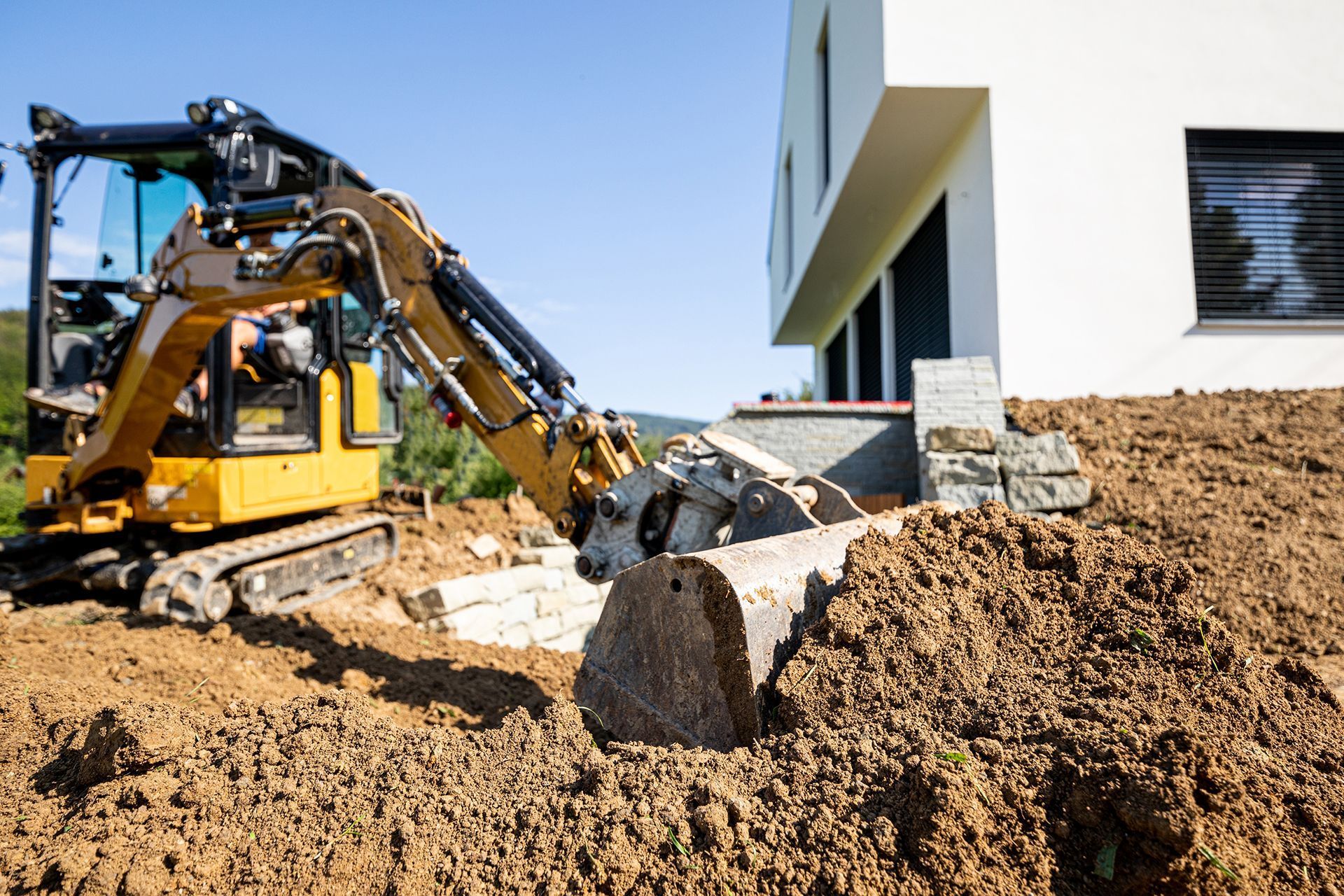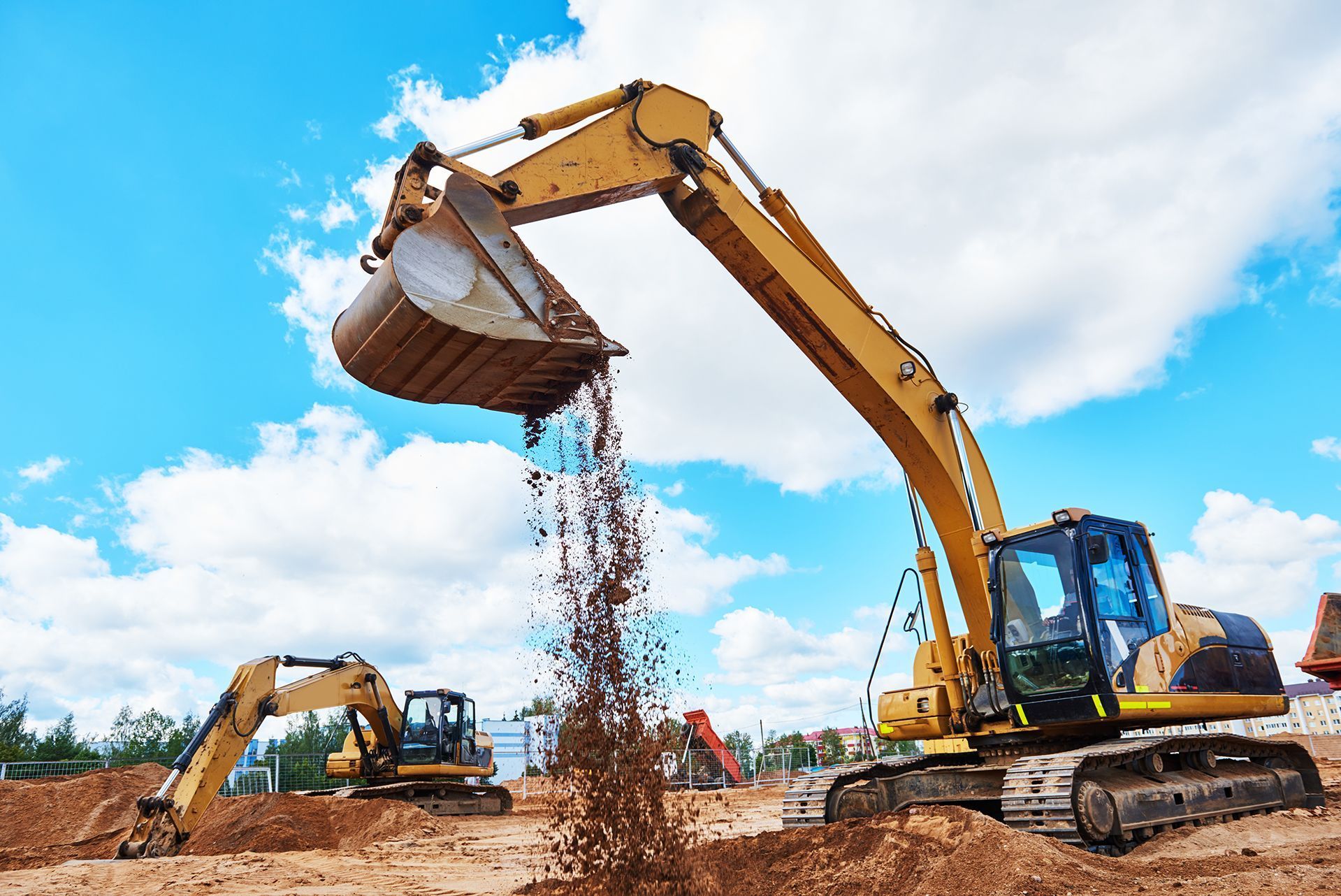Grading Contractors in Rochester NY
Lawn Grading Company in Rochester, NY
At D R Excavation in Rochester NY, we offer a variety of grading services to the local area.
We are equipped to handle any size project, from small residential jobs to large commercial projects.
We have a team of experienced operators who are familiar with all the latest equipment and techniques.
We take pride in our work and always aim to exceed our customers' expectations.
If you are in need of grading services, please
contact us today. We would be happy to provide you with a free quote.
D R Excavation Rochester
1 Rundel Park Unit 1, Rochester, NY 14607
(585) 367-4898
Land Grading in Rochester, NY
D R Excavation is a Rochester, NY based company that specializes in lawn grading work. We love the outdoors, and we're passionate about our work.
We believe that a well-graded lawn is the foundation of a beautiful garden, and we take pride in our ability to create perfect lawns for our clients.
Our clients are our top priority, and we work hard to ensure that they're happy with our work. We're always available to answer any questions or concerns that they may have, and we're always willing to go the extra mile to make sure that their lawn is perfect.
Contact us today to learn more about our services!
What We Offer
We offer a wide range of services to ensure your project is completed to your specifications, including debris removal, rough grading and final grading. No matter what type of project you're undertaking, we have the resources and expertise to get the job done right.
Our Process
At D R Excavation in Rochester, NY, our lawn grading process begins with measuring the current grade. This helps us determine how much slope needs to be rebuilt in order to achieve the desired result. Next, we excavate the area and rebuild the slope, making sure to compact the soil as we go. Finally, we add a layer of topsoil and then finish with some final touches, such as seed or sod.
Who We Are
A healthy lawn is essential for any home or business. Not only does it improve curb appeal, but it can also help to prevent soil erosion and Hold in place nutrients and support roots systems.
At D R Excavation, our company is made up of landscape grading contractors that care about our customers. We want to ensure that your property in Rochester NY is healthy and looks its best. In addition to providing excavation services, we also offer lawn care and maintenance.
We can help you with everything from mowing and edging to fertilization and aeration. With our experience and expertise, we can help you create a beautiful lawn that will last for years to come. Give us a call today to learn more about our services.
Licensed & Insured
When you hire a contractor to do work on your property, you want to be sure that they are reputable and will do a good job. You also want to know that they are licensed and insured, in case something goes wrong.
That's why we only work with grading contractors who are licensed and insured. This way, our customers can be confident that they are getting the best possible service. If something does go wrong, they can be sure that they are protected.
We want our customers to be happy with their experience, and we believe that working with licensed and insured contractors is the best way to ensure this.
FAQ's About Land Grading
"We highly recommend their services to anyone looking for top-notch excavation work. Thank you, D R Excavation!"
- Susan Sherman
“Grateful to D R Excavation for the great job they did on our project. They were professional, and did a great job cleaning up afterwards. We couldn't have asked for more!"
- Ed Schultz
“They did an amazing job and we couldn't have done it without them."
- Gary @ Custom Dream Homes
Why Should You Work With Us?
20+
Years of Experience
300+
Successful Excavation Projects
35+
Trained Professionals - and Growing!
Contact Us Today For A Free Quote
Our company has years of experience in excavating all sorts of land, from small residential properties to large commercial ones. We have the equipment and manpower to get the job done quickly and efficiently. Contact us today to get started on your project!



